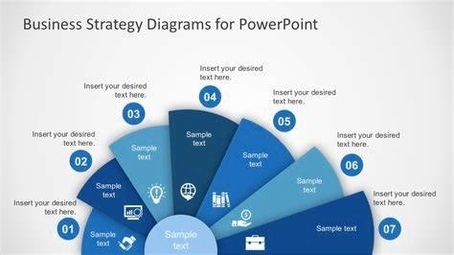
Business strategy is the plan of action that a company follows to achieve its goals and objectives in a competitive market. It involves making decisions about how to create value for the customers, employees, and suppliers, as well as how to allocate resources and gain a competitive advantage. A good business strategy is essential for a company’s success, as it guides the direction and scope of the organization.
There are different levels of business strategy, depending on the scope and complexity of the organization. These include:
– Corporate level strategy: This is the overall direction and purpose of the organization, which affects all its business units and functions. It involves deciding what businesses to operate in, how to allocate resources among them, and how to create synergies and value across them.
– Business level strategy: This is the strategy for a specific business unit or product line within the organization. It involves deciding how to compete in a particular market segment, how to differentiate the products or services from the competitors, and how to attract and retain customers.
– Functional level strategy: This is the strategy for a specific function or department within the organization, such as marketing, finance, or operations. It involves deciding how to support the business level strategy and the corporate level strategy, how to optimize the processes and activities within the function, and how to coordinate with other functions.
To formulate a business strategy, a company needs to follow a systematic process that includes the following steps:
– Define the vision: This is the long-term aspiration and direction of the organization, which reflects its values and purpose. It answers the question of what the organization wants to achieve and why.
– Set the objectives: These are the specific, measurable, achievable, relevant, and time-bound goals that the organization wants to accomplish in the short-term and the long-term. They answer the question of how the organization will measure its progress and success.
– Analyze the business and the market: This involves conducting an internal and external analysis of the organization’s strengths, weaknesses, opportunities, and threats, as well as the industry structure, customer needs, competitor actions, and market trends. It answers the question of where the organization stands and what challenges and opportunities it faces.
– Define the competitive advantage: This is the unique value proposition that
